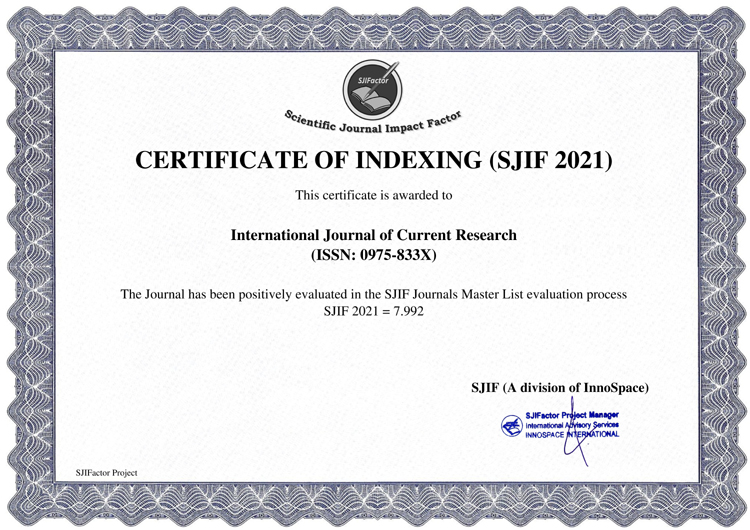This study Garlic belongs to the Family Alliaceae, Subfamily Allioideae, Tribe Allieae, Genus Allium and Species Allium sativum. The word garlic derives from Old English, garlēac, meaning gar (spear) and leek, as a 'spear-shaped leek'. Indian Name of garlic are Assamese : Naharu Hindi : Lasun, Lessan, Lahsun Bengali : Rashun Gujarati : Lasan Kannada : Bellulli Kashmiri : Ruhan Malayalam : Vellulli Marathi : Lusson Oriya : Rasuna Punjabi : Lassan, Lasun Sanskrit : Lashuna Tamil : Ullipundu, Vellaippundu Telugu : Velluri Urdu : Lassun, Leshun. Garlic belongs to the "Lilliaceae" family and its botanical name is "Allium sativum Linn". It is known by several many names in different parts of India like "Lahsun" in Hindi and Urdu, "Rasun" in Bengali, "Rasuna" in Oriya, "Naharu" in Assamese, "Lasan" in Gujarati and Punjabi, "Lusoon" in Marathi, "Belluli" in Kannada and Malayalam, "Lahsuna" in Sanskrit , "Rahan" in Kashmiri, "Ullipundu" in Tamil and "Velluri" in Telugu. Foreign Name of garlic are Spanish : Ajo French : Ail German : Knoblanch Swedish : Vitlok Arabic : Thum Dutch : Knoflook Italian : Agilio Portuguese : Alho Russian : Chesnok Japanese : Ninniku Chinese : Suan. Garlic is a fundamental component in many or most dishes of various regions, including eastern Asia, South Asia, Southeast Asia, the Middle East, northern Africa, southern Europe, Eastern Europe and parts of Latin America. Latin American seasonings, particularly, use garlic in sofritos and mofongos. Oils can be flavored with garlic cloves. These infused oils are used to season all categories of vegetables, meats, breads, and pasta. Garlic, along with fish sauce, chopped fresh chilis, lime juice, sugar, and water, is a basic essential item in dipping fish sauce, a highly used dipping sauce condiment used in Indochina. In East and Southeast Asia, chili oil with garlic is a popular dipping sauce, especially for meat and seafood. Tuong ot toi Viet Nam (Vietnam chili garlic sauce) is a highly popular condiment and dip across North America and Asia. In some cuisines, the young bulbs are pickled for three to six weeks in a mixture of sugar, salt, and spices. In eastern Europe, the shoots are pickled and eaten as an appetizer. Laba garlic, prepared by soaking garlic in vinegar, is a type of pickled garlic served with dumplings in northern China to celebrate the Chinese New Year. Garlic is essential in Middle Eastern and Arabic cooking, with its presence in many food items. In the Levant, garlic is traditionally crushed together with olive oil, and occasionally salt, to create a Middle Eastern garlic sauce called Toum. While not exclusively served with meats, toum is commonly paired with chicken or other meat dishes such as shawarma. Garlic is also a key component in some hummus varieties, an Arabic dip composed of chickpeas, tahini, garlic, lemon juice, and salt. Lightly smoked garlic is used in British and other European cuisine. It is particularly prized for stuffing poultry and game, and in soups and stews. Emulsifying garlic with olive oil produces aioli. Garlic, oil, and a chunky base produce skordalia. Crushed garlic, oil, and water produce a strong flavored sauce, mujdei. Blending garlic, almond, oil, and soaked bread produces ajoblanco. Tzatziki, yogurt mixed with garlic and salt, is a common sauce in Eastern Mediterranean cuisines. Garlic is a species of bulbous flowering lants in the genus Allium. Its close relatives include the onion, shallot, leek, chives, Welsh onion, and Chinese onion. Garlic is native to central and south Asia, stretching from the Black Sea through the southern Caucasus, northeastern Iran, and the Hindu Kush; it also grows wild in parts of Mediterranean Europe. There are two subspecies and hundreds of varieties of garlic. Garlic has been used for thousands of years as a seasoning, culinary ingredient, traditional medical remedy; it was known in many ancient civilizations, including the Babylonians, Egyptians, Romans, and Chinese, and remains significant in many cuisines and folk treatments, especially across the Mediterranean and Asia. Garlic propagates in a variety of climates and conditions and is produced globally; China is by far the largest producer, accounting for over two thirds (73%) of the world's supply in 2021. Garlic oil is the volatile oil derived from garlic. It is usually prepared using steam distillation, and can also be produced via distillation using ether. It is used in cooking and as a seasoning, a nutritional supplement, and also as an insecticide. Garlic oil is typically prepared using steam distillation, where crushed garlic is steamed with the resultant condensation containing the oil. Garlic oil contains volatile sulfur compounds such as diallyl disulfide, a 60% constituent of the oil. Steam-distilled garlic oil typically has a pungent and disagreeable odor and a brownish-yellow color. Its odor has been attributed to the presence of diallyl disulfide. To produce around 1 gram of pure steam-distilled garlic oil, around 500 grams of garlic is required. Undiluted garlic oil has 900 times the strength of fresh garlic, and 200 times the strength of dehydrated garlic. Ether can also be used to extract garlic oil. A type of garlic oil involves soaking diced or crushed garlic in vegetable oil, but this is not pure garlic oil; rather it is a garlic-infused oil. Garlic is cultivated worldwide. It has a long history of use both in foods and for health purposes. Ancient writings from Egypt, Greece, and India describe its use for a variety of health problems, such as headache, pneumonia, throat conditions, and gastrointestinal disorders. Currently, garlic is promoted as a dietary supplement for various purposes, including helping to manage high blood cholesterol, high blood pressure, and diabetes; preventing various types of cancer; and enhancing immune function. Garlic may also be used topically (applied to the skin). Garlic supplements may reduce levels of total cholesterol and low-density lipoprotein (LDL) cholesterol to a small extent in people who have high blood cholesterol levels. Limited evidence suggests that garlic supplements may reduce blood pressure to a small extent in people who have high blood pressure. Garlic supplements may reduce blood sugar to a small extent in people with diabetes. Consuming garlic does not seem to reduce the risk of stomach cancer. It’s uncertain whether garlic influences the risk of colorectal cancer. Dietary supplements that contain garlic have been promoted as boosters for the immune system, particularly during cold and flu season. A 2022 review identified only two studies that suggest a possible benefit, and both studies included only small numbers of people and had weaknesses in the research. Garlic, taken orally, has been used safely in research studies that lasted as long as 7 years. Some forms of garlic used topically also seem to be safe. However, fresh raw garlic may not be safe when used topically. It can cause severe skin irritation and chemical burns. Side effects of garlic consumed orally include breath and body odor, abdominal pain, flatulence, and nausea. Some people have allergic reactions to garlic. Taking garlic supplements may increase the risk of bleeding. If you take garlic supplements, make sure to tell your health care providers. This is especially important if you are going to have surgery or if you take medicines, such as anticoagulants or aspirin, that may also affect bleeding. If you take anticoagulants, aspirin, or any other medicine, talk with your health care provider before using garlic or other herbal products; some herbs and medicines interact in harmful ways. Garlic may not be safe for use during pregnancy or while breastfeeding when taken orally in amounts greater than those found in foods. Little is known about the safety of using garlic topically during pregnancy or while breastfeeding. Take charge of your health—talk with your health care providers about any complementary health approaches you use. Together, you can make shared, well-informed decisions.





